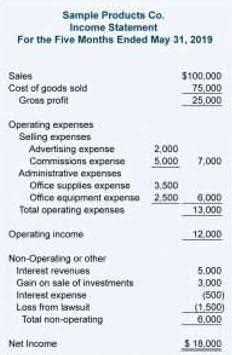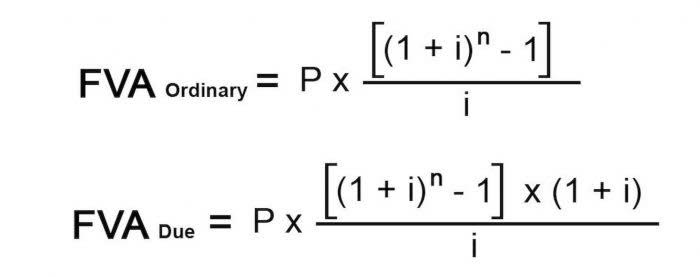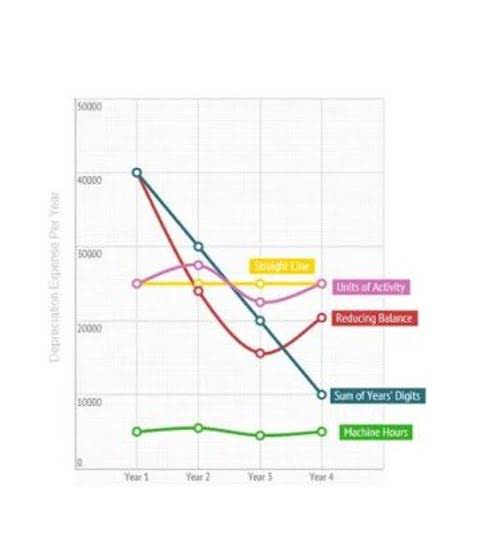Now that the trial balance is made, it can be posted to the accounting worksheet and the financial statements can be prepared. Using Paul’s unadjusted trial balance and his adjusted journal entries, we can prepare the adjusted trial balance. Note that only active accounts that will appear on the financial statements must to be listed on the trial balance. If an account has a zero balance, there is no need to list it on the trial balance. Adjusted trial balances also gain value over time, such as using them in year-over-year comparisons. Comparing an adjusted trial balance to one from a previous year helps you understand how the business has changed without seasonal trends influencing results.
- If the sum of the debit entries in a trial balance (in this case, $36,660) doesn’t equal the sum of the credits (also $36,660), that means there’s been an error in either the recording of the journal entries.
- Both the debit and credit columns are calculated at the bottom of a trial balance.
- An adjusted trial balance is prepared after adjusting entries are made and posted to the ledger.
- Utilities Expense and Utilities Payable did not have any balance in the unadjusted trial balance.
How do adjusting entries affect the trial balance?
Once the posting is complete and the new balances have been calculated, we prepare the adjusted trial balance. As before, the adjusted trial balance is a listing of all accounts with the ending balances and in this case it would be adjusted balances. After posting the above entries, the values of some of the items in the unadjusted trial balance will change. An adjusted trial balance is prepared after adjusting entries are made and posted to the ledger. In this lesson, we will discuss what an adjusted trial balance is and illustrate how it works.
You’ll start to notice trends that could help define your future plans. After making the adjusting entries, the debits and credits are still equal—an indication that the work was completed properly. This is just a selection of common adjusting entries businesses make as part of their accounting processes and is by no means exhaustive. Specific industries or business types may have their own unique adjusting entries that reflect their needs. The closed account ledgers listed in this report normally range from assets accounts to liabilities, equity, and revenues and expenses accounts. The adjusted trial balance is almost the same as the unadjusted trial balance.
#1 – Accrual of earned revenue but not yet recorded.
There were no Depreciation Expense and Accumulated Depreciation in the unadjusted trial balance. Because of the adjusting entry, they will now have a balance of $720 in the adjusted trial balance. Adjusting entries are all about making sure that your financial statements only contain information that is relevant to the particular period of time you’re interested in. It’s hard to understand exactly what a trial balance is without understanding double-entry accounting jargon like “debits” and “credits,” so let’s go over that next.
More Terms Starting with A
- For example, a business will complete an unadjusted trial balance that accounts for all of its financial transactions.
- Most of this is done through financial statements and financial ratios.
- To illustrate, consider a T-account for cash, which shows a beginning balance, various cash inflows, and outflows, leading to an ending balance.
The balance of Accounts Receivable is increased to $3,700, i.e. $3,400 unadjusted balance plus $300 adjustment. Service Revenue will now be $9,850 from the unadjusted balance of $9,550. The adjusting entries in the example are for the accrual of $25,000 in salaries that were unpaid as of the end of July, as well as for $50,000 of earned but unbilled sales. As the name suggests, it includes deductions with respect to the tax liabilities. There are instances when companies end up missing out mentioning the transactions that have occurred in the bookkeeping records. My Accounting Course is a world-class educational resource developed by experts to simplify accounting, finance, & investment analysis topics, so students and professionals can learn and propel their careers.
The adjusted trial balance is essential for ensuring that the financial statements are based on the most current and accurate data, ultimately reflecting the true financial health of the organization. In our detailed accounting cycle, we just finished step 5 preparing adjusting journal entries. We will use the same method of posting (ledger card or T-accounts) we used for step 3 as we are just updating the balances. Remember, you do not change your journal entries for posting — if you debit in an entry you debit when you post. After we post the adjusting entries, it is necessary to check our work and prepare an adjusted trial balance. Unlike adjusted trial balance, an unadjusted trial balance shows only accounts and their balances that the company has before taking to account any adjusting entry.
Once you have a completed, adjusted trial balance in front of you, creating the three major financial statements—the balance sheet, the cash flow statement and the income statement—is fairly straightforward. There is also a similarity between the adjusted and unadjusted trial balance in which the total of debit balances must equal the total of credit balances in both types of trial balance. The adjusting entries are shown in a separate column, but in aggregate for each account; thus, it may be difficult to discern which specific journal entries impact each account.
Searching for and fixing these errors is called making correcting entries. Get free guides, articles, tools and calculators to help you navigate the financial side of your business with ease. Here, the adjustment will be $ 80,000.00 as the total salary payable is $ 80,000.
Once all the accounts are posted, you have to check to see whether it is in balance. To understand the adjusted trial balance, you need to understand adjusting entries. Adjusting entries are journal entries that account for non-monetary transactions. Any difference indicates that there is accounting error in the journal entries or in the ledger or in the calculations.
Preparing the Financial Statements
This statement is sometimes printed out with the financial statements and sometimes is not. As we know, final accounts are prepared at the end of an adjusted trial balance accounting period, by that time ledger balances also change due to day-to-day business transactions. Therefore, ledger balances are also required to be updated with relevant adjustments.
An adjusted trial balance is crucial because it ensures that all financial transactions are accurately recorded and that the financial statements reflect the true financial position of the business. Adjusting entries correct any discrepancies and account for items like accrued expenses, prepaid expenses, and depreciation. This process ensures that revenues and expenses are recognized in the correct accounting period, which is essential for accurate financial reporting and compliance with accounting principles. This process helps identify discrepancies, ensuring that the total debits equal the total credits, which is essential for maintaining the integrity of financial statements. Adjusting entries modify the balances of certain accounts to reflect the true financial position of the business at the end of an accounting period.
Improving decision-making and financial planning
An adjusted trial balance is a complete overview of all account balances in a given period of time making it a prime document to analyze and understand your business. Once these steps are completed, you’re ready to generate financial statements with your finalized account balances. The adjusted trial balance is what you get when you take all of the adjusting entries from the previous step and apply them to the unadjusted trial balance. It should look exactly like your unadjusted trial balance, save for any deferrals, accruals, missing transactions or tax adjustments you made. Once you’ve double checked that you’ve recorded your debit and credit entries transactions properly and confirmed the account totals are correct, it’s time to make adjusting entries.
Unadjusted trial balance:
The adjusted balances are summed to become the adjusted trial balance. Its purpose is to test the equality between debits and credits after adjusting entries are made, i.e., after account balances have been updated. An Adjusted Trial Balance should be prepared at the end of an accounting period, typically monthly or quarterly, to ensure accurate financial reporting and to facilitate the preparation of financial statements. An adjusted trial balance is a listing of the ending balances in all accounts after adjusting entries have been prepared. Both the debit and credit columns are calculated at the bottom of a trial balance. As with the accounting equation, these debit and credit totals must always be equal.
An adjusted trial balance can also refer to a trial balance where the account balances are adjusted by the external auditors. The next step in the accounting cycle would be to complete the financial statements. After adjusting entries are made, an adjusted trial balance can be prepared. Applying all of these adjusting entries turns your unadjusted trial balance into an adjusted trial balance.
By understanding its components, types and the emerging trends in accounting practices, one can appreciate the importance of this financial statement in maintaining sound financial records. This foundational knowledge is critical for anyone involved in financial accounting or management. The second method is simple and fast but is considered less systematic. This method is usually used by small companies where only a few adjusting entries are found at the end of the accounting period. In this method, the adjusting entries are directly incorporated into the unadjusted trial balance to convert it to an adjusted trial balance.






















